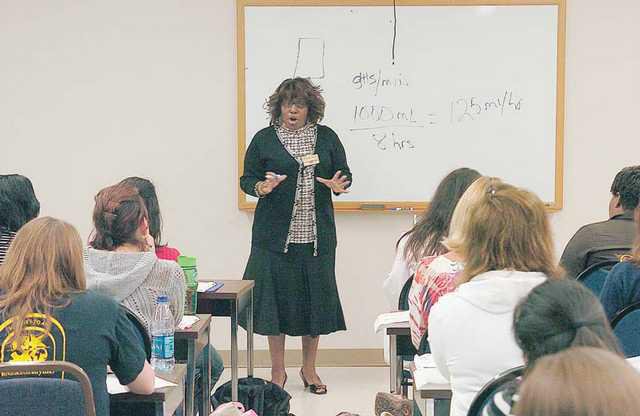The $700 billion bailout Congress passed Oct. 3 included a thin but notable silver lining for schools and charitable organizations.
Brenau University and the United Way are among numerous local institutions that could benefit from the Emergency Economic Stabilization Act of 2008 that permits tax-free distributions from individual retirement accounts to nonprofit organizations as well as schools, colleges and universities.
The bailout extended through 2009 part of the Pension Protection Act of 2006 that allows IRA owners age 70.5 and older to make tax-free charitable gifts totaling up to $100,000. Depending on an individual’s tax bracket, the bailout plan that re-enacted tax-free IRA gifts for seniors saves them between 15 percent and 35 percent on taxes, allowing them to contribute the full amount to the benefiting organization.
Internal Revenue Service regulations require owners of an IRA to begin distribution of funds from the account in the year they reach the age of 70.5, regardless of their need for the money.
Jim Barco, vice president for institutional advancement at Brenau University, said with the tax break, he anticipates seniors in the applicable age group to donate more to Brenau University this tax year and the next.
Barco said donors of all ages typically contribute more than $2 million total to the university each year. To raise funds for buildings or programs on campus, the university often may raise more than $1 million in additional capital campaign donations each year.
Proportionally, donors older than 70 give much more to Brenau University than other donors, Barco said.
"This is easily the most giving and caring generation the U.S. has ever seen," he said. "We are always thankful when Congress finds new ways to make it easier for people to make a gift."
Barco said the tax break on donations comes at a time when the financial realities of the poor economy "really have hit households." He said there are many social agencies that will rely on donations to continue providing their services.
He said a large portion of the roughly $2 million donated to Brenau University each year is doled out to students in scholarships. Barco said the university gives $8 million to students each school year for need and merit-based scholarships to help pay the university’s $28,288 per year tuition for on-campus students.
Joni Lynne Scott of Hartwell, a graphic design student at Brenau University, said she wouldn’t have been able to attend the university if not for the $44,000 in academic scholarships the school offered her. Scott said her mother shoulders most of her tuition and living expenses, and the scholarships have helped her to stay in school.
"Any help that I’ve received financially has helped me to be here," she said. "Every dollar helps."
With Brenau University being a cornerstone in educating local teachers in conjunction with its goal to double the size of its nursing program to meet the demands of the growing health care worker shortage in Georgia, Barco said seniors’ tax-free gifts will be reflected positively in the community.
"They’re going to want to support that because they know they will benefit, their children will benefit and their grandchildren will benefit," he said.
Carol Williams, senior vice president for community impact for United Way of Hall County, said the umbrella agency oversees 16 nonprofit organizations that aid community members including battered women, disadvantaged children and struggling families. Williams said the United Way of Hall County typically collects about $2 million in donations each year, which are vital to the charity’s operation.
While the agency set its fundraising goal at $2.07 million last year, it lowered the bar this year to $2.03 million. Williams said she believes the tax-free IRA gifts may help the agency, like so many other local charities across the country, to muddle through this tough economy.
"I think a lot of people wait to make these donations at the end of the year, so it won’t be until December that we might start to see some of this impact," she said.

